 JSON in Ninox
JSON in Ninox

Jacques TUR
To create a JSON variable (referred to as any or sometimes complex by the compiler), declare it as follows:
var myJSON := { 'prénom' : "Jacques", nom : "TUR" };
Accessing JSON data
You can use JSON values just like records by referencing var.key:
myJSON.'prénom';
Important notes:
JSON content
A JSON object can include text, numbers, arrays, and other JSON objects.
For example:
var myJSON := {
'prénom' : "Mahatma",
nom : "GANDHI",
naissance : date(1869, 10, 2),
age : 155,
enfants : ["Harilal", "Manilal", "Ramdas"]
};
Converting JSON Values
Ninox treats all JSON values as any. To use them, you must convert them:
var myText := "";
myText := text(myJSON.'prénom');
var myDate := now();
myDate := date(myJSON.naissance);
var myNumber := 0;
myNumber := number(myJSON.age);
var myArray := [""];
myArray := for i in myJSON.enfants do text(i) end;
var 'myCoordinates' := {};
'myCoordinates' := myJSON.'coordonées';
Adding or Removing Keys
To add or remove keys in a JSON object after its declaration, use setItem() and removeItem():
setItem(myJSON.'coordonées', "adresse", "5, Tees January Marg, New Delhi, Inde");
removeItem(myJSON, "age");
Functions Returning JSON
Some Ninox functions return JSON, such as styled:
styled("texte", "red", "check")
Returns:
{"text":"texte","color":"#fff","background":"red","icon":"check"}
Iterating Over JSON
You can iterate over a JSON object with a for loop. See the section for more details.
Want to print your doc?
This is not the way.
This is not the way.

Try clicking the ⋯ next to your doc name or using a keyboard shortcut (
CtrlP
) instead.